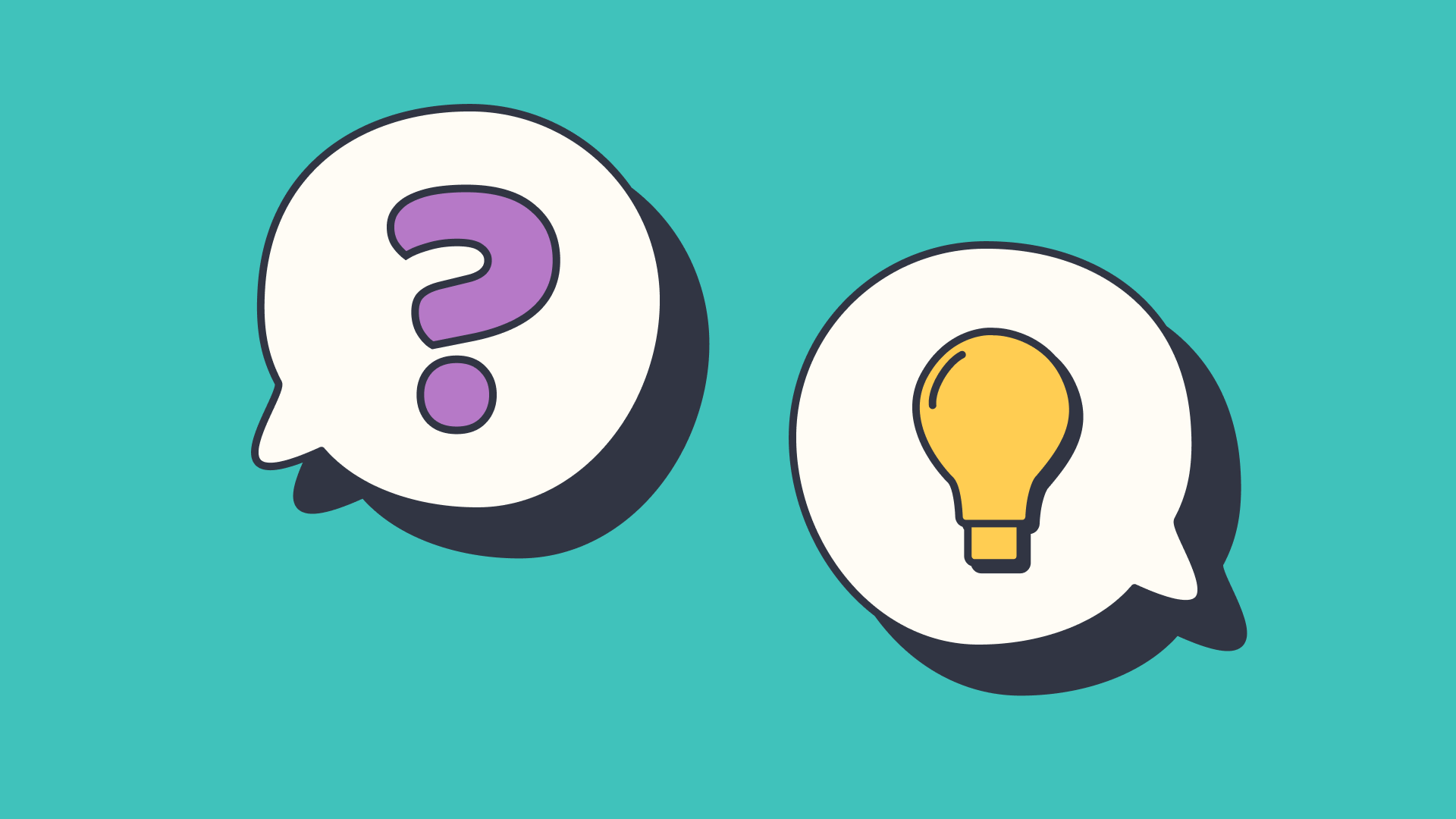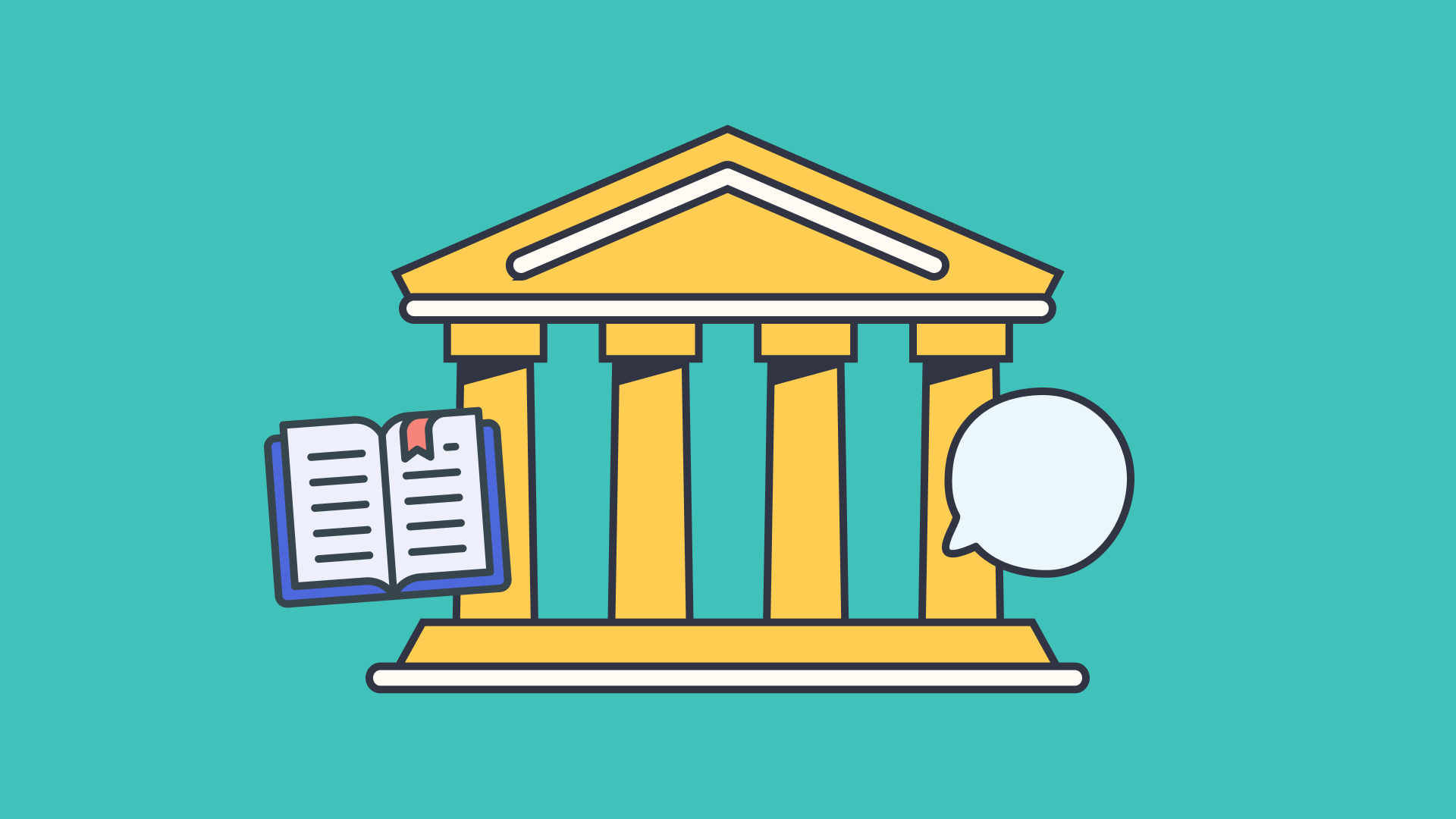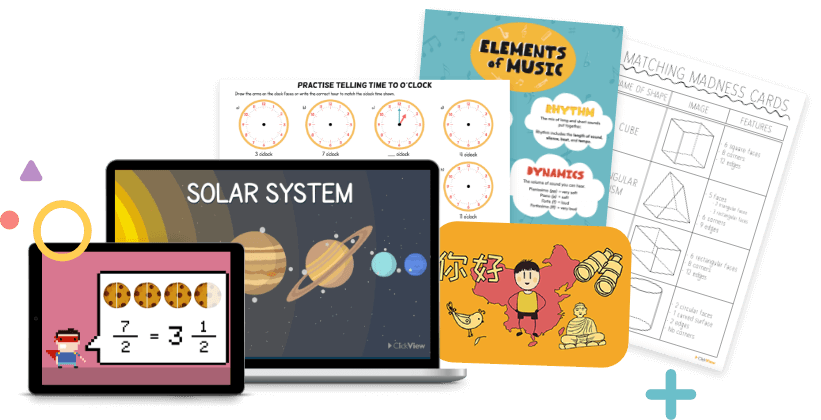Problem-based learning vs project-based learning: What are the differences?
Project Based Learning is an incredible educational framework to help students develop higher-order thinking skills but too often students are working on solving problems with limited scope or impact. Implementing Problem-Based Learning helps students engage in the process on a more personal level by identifying and pursuing undefined and complex problems.
What is project based learning?
I have been an educator at the high school level for nearly two decades now and I have never been a fan of traditional ‘tests.’ No matter which subject I am teaching, I am always looking for ways for students to showcase their learning in an authentic and meaningful way.
For example, in my U.S. History class, I used to assign a big magazine project at the end of our WWII unit – it was always exciting to see how creative students were writing articles, drawing political cartoons, and laying out pages with images and advertisements.
Students collaborated with one another and used their individual strengths and talents to showcase their learning. As a teacher, it was so much more rewarding than grading a multiple-choice test or reading a slightly different version of the same essay 180 times.
As an early career teacher, I gave this project to my students every year and I looked forward to assigning it every time. The problem was I did not realise that my project was not actually Project Based Learning (PBL).
According to the Buck Institute for Education (PBLWorks), effective Project Based Learning includes the following Seven Essential Project Design Elements:
- A Challenging Problem or Question
- Sustained Inquiry
- Authenticity
- Student Voice and Choice
- Reflection
- Critique and Revision
- Public Product
Most school projects almost naturally include the elements listed above. With intentional design, a Project Based Learning approach can address all of these components and ensure that the time spent during a unit of study transcends the subject matter and encourages students to develop critical higher-order thinking skills (Zhang and Ma, 2023).
Think about the difference in experience between having students answer questions about the U.S. Constitution versus creating a marketing campaign designed to sell America as the home of opportunity by showcasing the rights available in America. In the second option, students will not only need to understand these rights but they will also need to make judgments to prioritise which ones are the most significant and how to communicate that clearly and powerfully.
Youki Terada provides a great overview of the powerful benefits for students when we allow them to create during the learning process (Why Making is Essential to Learning).
A quick glance at The World Economic Forum’s Future of Jobs 2023 report shows how important higher-order thinking skills are for success in the new economy. Properly designed PBL is an amazing approach to building these skills in any classroom.
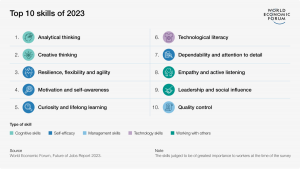
Creating a fun and engaging project for students to complete at the end of a unit of study can be a great summative assessment but we should not mistake that for Project Based Learning. The project is the framework for student learning. It is not a test.
Projects should be seen as the vehicle to explore content and develop skills rather than simply a final measurement of a predetermined set of learning outcomes. A test only measures what is specifically asked. A properly designed project allows the learning and experience to extend beyond the teacher’s expectations so that each individual student has the opportunity to demonstrate a unique journey of discovery.
On my own journey with PBL I learned that I was not emphasising the problem or the process enough so the critical skill development I was hoping for in students was not actually happening.
What is problem based learning?
After a lot of research and reflection, I realised I was overlooking one of the most critical parts of Project Based Learning- the problem.
It is an easy mistake to make because the term ‘Project Based Learning’ uses simple language that most of us are already aware of. We can envision a project, whether it is one we do in our personal life or something completed in school. As a result, we focus on the project and accidentally end up missing out on some of the most important benefits of Project Based Learning.
Reframing the approach as Problem Based Learning helps put the emphasis on the process of finding and solving an authentic problem. The focus is no longer on the final product (or project).
A brilliant solution to the wrong problem can be worse than no solution at all: solve the correct problem.
― Donald A. Norman, The Design of Everyday Things
With Problem Based Learning it is absolutely critical that we allow students to define the problem they will be solving during a unit of study. If we want to develop great problem-solvers we need to allow them to practise problem-finding.
Constraints and guidelines are important to keep students focused during this step but they should not be solving “our” problem. They should be solving a problem in the world or their own lives and the curriculum in our class should provide the support they need along the way.
A few years ago, I flipped the way my students learned how to use a DSLR camera in my photography class. Instead of learning the basic terms, buttons, and procedures using a standard set of assignments and activities, they chose a photograph they wanted to create and that became the starting point.
Some students wanted to learn how to do long exposures. Others wanted to take nice portraits. Some wanted to shoot action sports photography. Others focused on landscape images.
Ultimately, I learned, it did not really matter what problem they wanted to solve. It was their problem and so that made it the appropriate starting point.
During our unit on Civil Rights and American Activists in my U.S. History and Media Design program, students are asked to identify a modern-day problem and use the strategies of historical figures to try and improve the situation.
I almost gave up on this idea after the first year though because so many students struggled. Once I reframed the struggle as an opportunity to focus on the process, the project became a much more meaningful experience.
I now include a few key elements in this project that help students better understand and embrace the process:
- I have students read an article about failure. This helps them recognise the perseverance of the figures we are studying and prepare them for setbacks they will inevitably face along the way.
- I introduce Design Thinking to the class and complete a handful of short activities that allow them to practice the iterative nature of working on complex problems.
- We discuss project management and collaboration skills that help improve the efficiency of group work. Using Gantt Charts is a great way for students to define specific tasks and assign roles to group members.
Students have worked on projects from reducing food waste at school to addressing homeless veterans to educating teens about online predatory behaviour. Last year, we even had a group work on helping more teachers to use PBL in their classes. All of the students were high achievers but things did not go smoothly and there were a couple of times it looked like they might actually quit.
Supporting them through the process and helping them to understand that it was a natural part of creating change eventually paid off and their experience became an example for the rest of the class.
Spending time stressing the importance of the process will prevent unnecessary anxiety and frustration as students work through the challenges of creating something meaningful.
Students are conditioned to worry about the final product or grade so expect this to be a major adjustment that you need to be ready to support.
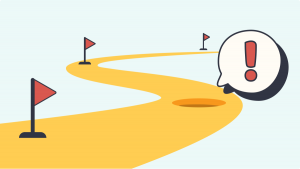
Problem vs project based – What are the big differences?
By highlighting the problem and the process, you can transform projects into a more meaningful learning experience.
Project Based Learning and Problem-Based Learning share the same desired outcomes for students. To maximise student impact, a Problem-Based Learning approach includes or emphasises the following key aspects in their design:
- Defining the Problem– the starting point of the project is for students to identify a specific, complex and open-ended problem to work on.
- Facilitator Support– the teacher creates learning supports that promote the learning journey by prioritising collaboration and problem-solving skills.
- Process over Product– assessing students primarily based on their ability to navigate through complex problems and apply new knowledge along the way.
This style of learning may be new to students so the adjustment can be rough. Some may even think they are not learning as much as they do in a traditional setting. Research from Harvard though, shows students using active learning techniques like Problem Based Learning actually learn more than they think.
Problem-Based Learning is not a turnkey solution for easy learning. At its core it is about finding and solving meaningful problems and experiencing the obstacles along the way.
References
- Design Thinking in Education. (n.d.). HGSE Teaching and Learning Lab. Retrieved December 20, 2023, from https://tll.gse.harvard.edu/design-thinking
- Gold Standard: Project Design Elements. (n.d.). PBLWorks. Retrieved December 21, 2023, from https://www.pblworks.org/what-is-pbl/gold-standard-project-design
- Kelley, T. (2019, July 23). Build Your Creative Confidence: The Wallet Exercise. IDEO. Retrieved December 20, 2023, from https://www.ideo.com/journal/build-your-creative-confidence-the-wallet-exercise
- Masterson, V. (2023, May 1). Future of jobs: These are the most in-demand skills in 2023 – and beyond. World Economic Forum. Retrieved December 18, 2023, from https://www.weforum.org/agenda/2023/05/future-of-jobs-2023-skills/
- Mautz, S. (2017, September 12). 11 Famous Failures That Will Inspire You to Success. Inc. Magazine. Retrieved December 13, 2023, from https://www.inc.com/scott-mautz/11-famous-failures-that-will-inspire-you-to-succes.html
- Norman, D. (2013). The Design of Everyday Things: Revised and Expanded Edition. Basic Books.
- Reuell, P. (2019, September 4). Study shows that students learn more when taking part in classrooms that employ active-learning strategies. Harvard Gazette. Retrieved December 19, 2023, from https://news.harvard.edu/gazette/story/2019/09/study-shows-that-students-learn-more-when-taking-part-in-classrooms-that-employ-active-learning-strategies/
- Terada, Y. (2016, July 18). Why Making Is Essential to Learning. Edutopia. Retrieved January 14, 2024, from https://www.edutopia.org/blog/making-is-essential-to-learning-youki-terada
- Zhang, L., & Ma, Y. (n.d.). A study of the impact of project-based learning on student learning effects: a meta-analysis study. Frontiers. Retrieved January 14, 2024, from https://www.frontiersin.org/articles/10.3389/fpsyg.2023.1202728/full

